It is estimated that over 12 million penguins live in Antarctica, yet most people will never witness their curious waddle in person. The planet offers countless opportunities to connect with wildlife in ways that transform both traveler and creature—experiences that justify crossing continents and enduring long flights.
Here’s a list of 17 extraordinary animal encounters that will remind you why our natural world deserves protection, wonder, and the occasional passport stamp.
Serengeti National Park, Tanzania

The annual Great Migration brings over 2 million wildebeest, zebras, and gazelles across the Serengeti in a clockwise journey that has continued for millennia. But the real magic happens during river crossings.
Crocodiles wait. Predators stalk. The air fills with dust and desperate bleating as thousands of hooves thunder across ancient paths. The Great Wildebeest Migration is one of the last mass terrestrial wildlife movements left in the world, making every sighting feel like witnessing history in motion.
Mountain gorillas, Rwanda
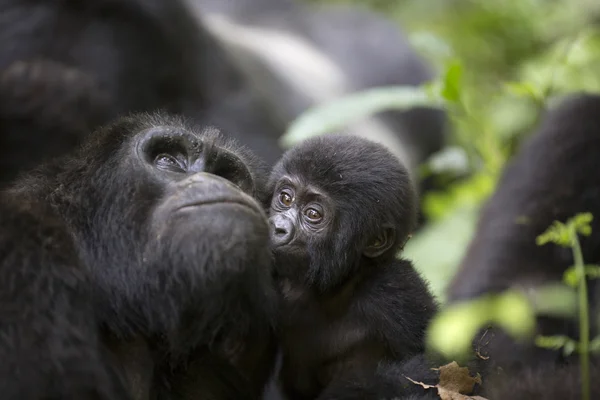
Trekking to see wild gorillas is a once-in-a-lifetime wildlife bucket list experience, requiring a three-hour uphill hike through Volcanoes National Park’s high-altitude jungle. The investment reflects the rarity—permits cost over $1,500 in Rwanda.
When you finally lock eyes with a silverback, the world stops. One hour. That’s all you get with these gentle giants before trekking back down. Worth every penny and every burning muscle.
Like Travel Pug’s content? Follow us on MSN.
Whale sharks, Mexico
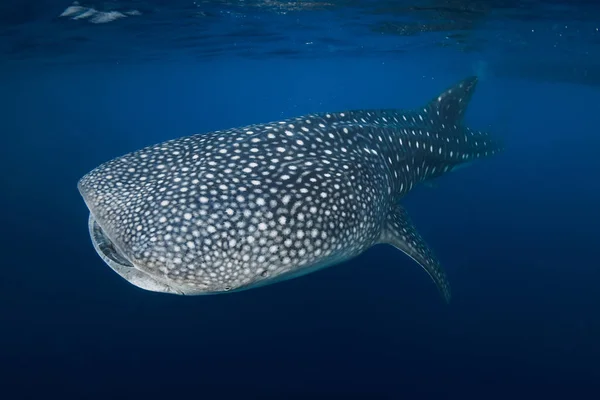
Swimming alongside the world’s largest fish sounds terrifying until you realize whale sharks can grow to a length of over 40 feet and live up to 100 years, yet they’re completely harmless filter feeders. Off the Yucatan Peninsula, these gentle giants congregate between June and September.
The first encounter takes your breath away—literally. Most people forget to breathe when a 30-foot shadow glides beneath them. And somehow, despite their prehistoric appearance, they seem almost curious about these strange, flippered visitors.
Giant pandas, China
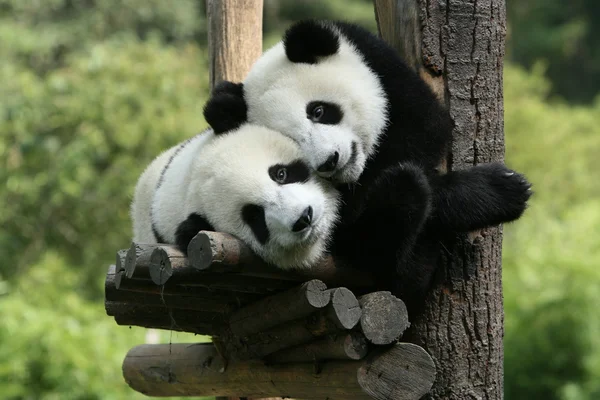
Pandas have to eat up to 40 kilos (88 pounds) of bamboo a day, which explains why they spend most of their time either eating or napping. Chengdu’s Research Base offers behind-the-scenes tours where you can interact with cubs and feed them bamboo.
With fewer than 2,000 pandas left in the wild, this encounter feels sacred. Baby pandas tumble like living stuffed animals while adults perfect the art of looking adorable while doing absolutely nothing.
Emperor penguins, Antarctica
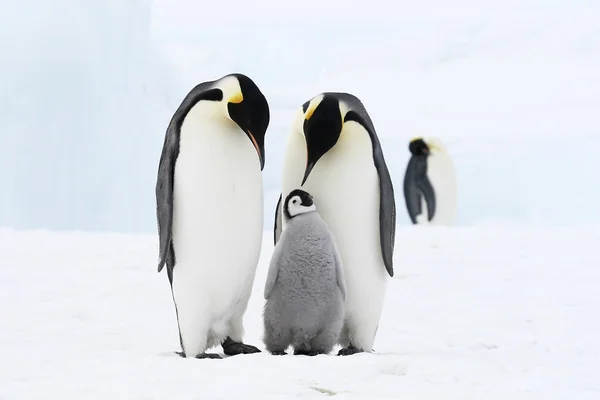
It is believed that over 12,000,000 penguins live on Antarctica, and they have zero fear of humans. When you land on the continent, penguins waddle over to investigate these strange, colorful visitors.
They might smell terrible. But when a curious Adelie penguin pecks at your jacket or a fluffy chick stumbles past your boots, Antarctica transforms from frozen wasteland to magical playground. The silence between their calls is profound.
Like Travel Pug’s content? Follow us on MSN.
Tigers, India
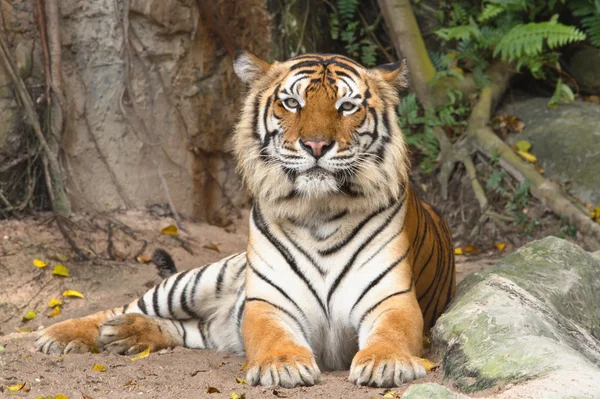
Wild tiger encounters require patience, early mornings, and exceptional guides who know Bandhavgarh National Park’s every trail. Tigers are apex predators, so it’s best to go on a tiger safari trip with an experienced guide.
The moment a 400-pound Bengal tiger steps into view, every fairy tale about these striped legends becomes real. Their amber eyes hold ancient wisdom, and their casual power reminds you exactly who rules these forests.
Great white sharks, South Africa
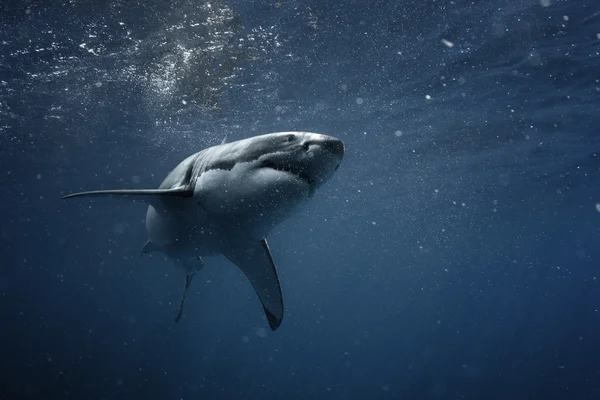
Cage diving near Gansbaai puts you face-to-face with nature’s most efficient predator. Steel bars separate you from 20 feet of pure predator as great whites investigate their temporary visitors.
Still, the experience challenges every media-fueled fear. These aren’t mindless killers—they’re curious, graceful, and surprisingly cautious around the strange metal contraptions filled with bubbling tourists.
Komodo dragons, Indonesia
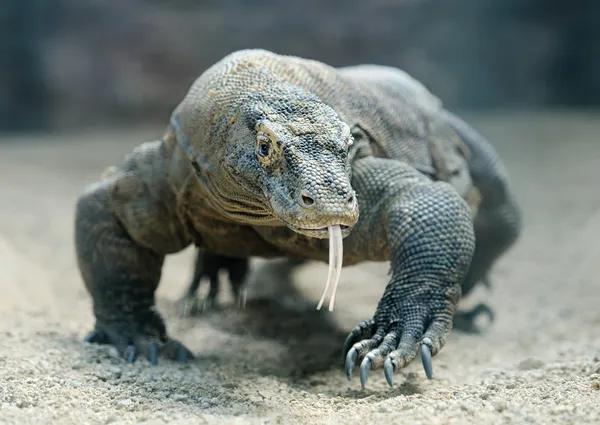
Our guided hike on Rinca Island, with these menacing monitors watching from the nearby brush, was among the more nervous wildlife walks we’ve done. Guides carry forked poles for good reason—these 10-foot lizards are living dinosaurs with venomous bites.
But Komodo National Park offers more than land-based thrills. The underwater world here ranks among the planet’s best diving, with manta rays soaring through crystal-clear waters like underwater eagles.
Like Travel Pug’s content? Follow us on MSN.
Orangutans, Borneo
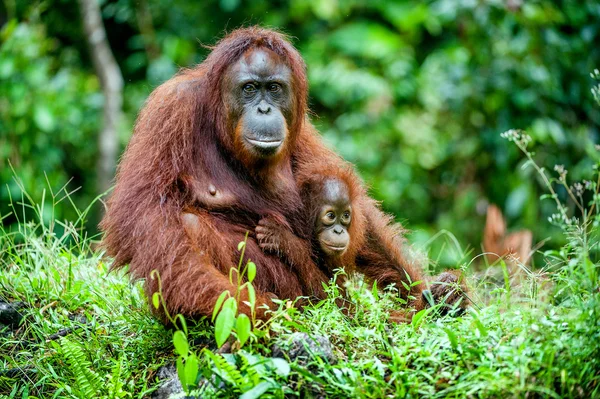
Rehabilitated orangutans at Sepilok Sanctuary demonstrate tool use, complex emotions, and problem-solving skills that mirror our own. Mother orangutans teach their young for eight years—longer than many human educational programs.
Watching a mother guide her baby through the canopy reveals intelligence in those amber eyes. Their 97% genetic similarity to humans becomes obvious in their expressions, hand gestures, and curious head tilts.
Manatees, Florida
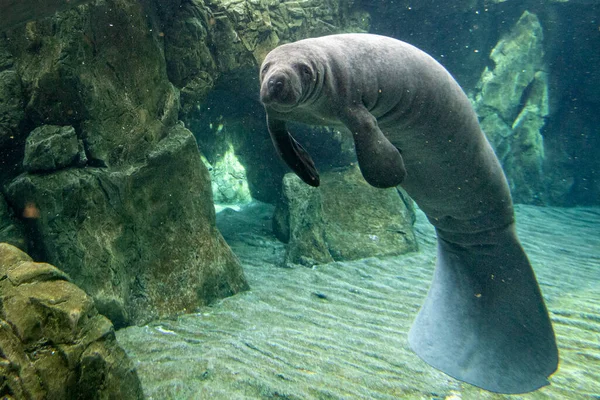
Crystal River offers the only legal place to swim with wild manatees in the United States. These gentle sea cows gather in warm spring waters during the winter months, creating otherworldly encounters.
They move like slow-motion ballerinas. Touching isn’t allowed, but manatees often approach swimmers with dog-like curiosity. Their whiskers tickle. Their size surprises. Their gentleness humbles.
Blue whales, Sri Lanka
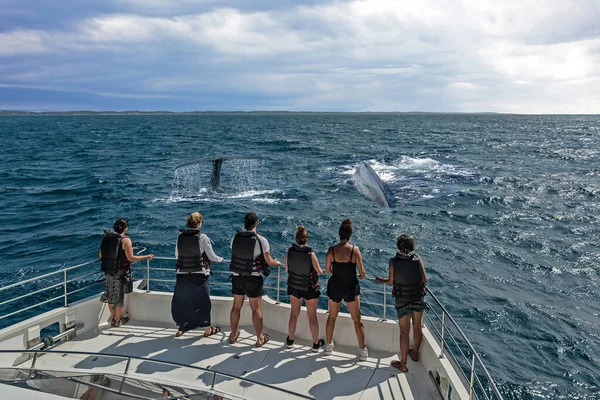
The waters off Mirissa host year-round blue whale populations—the largest animals ever to exist on Earth. These 100-foot giants surface with explosive breaths that can be heard from miles away.
When a blue whale surfaces beside your boat, perspective shifts permanently. Hearts the size of small cars pump blue blood through bodies longer than basketball courts. Humans suddenly feel appropriately small.
Like Travel Pug’s content? Follow us on MSN.
Polar bears, Churchill
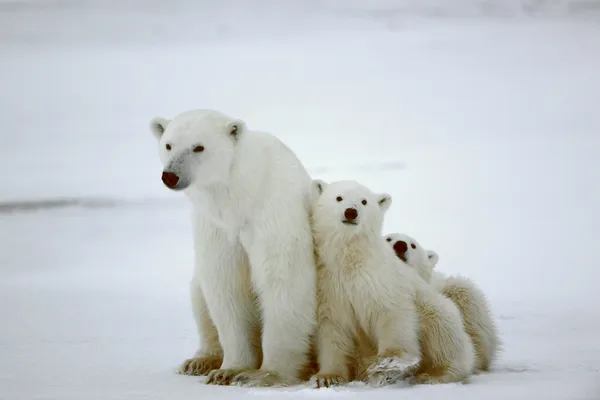
Churchill, Manitoba transforms into polar bear central each fall as hungry bears wait for Hudson Bay to freeze. Tundra vehicles provide safe viewing platforms for these apex Arctic predators.
To come face-to-face with polar bears, your best bet is to head to Canada. A curious bear investigating your vehicle creates eye contact that feels both thrilling and terrifying. Their black noses test the air while amber eyes assess these strange, wheeled visitors.
Sea turtles, Costa Rica

Tortuguero National Park hosts one of the world’s most important green turtle nesting sites. Night tours reveal ancient rituals as 300-pound females lumber onto beaches to dig nests and lay eggs.
The process takes hours. Sand flies everywhere as powerful flippers excavate perfect spheres. When babies hatch months later, their instinctive race to the sea continues a 100-million-year tradition.
Quetzals, Costa Rica
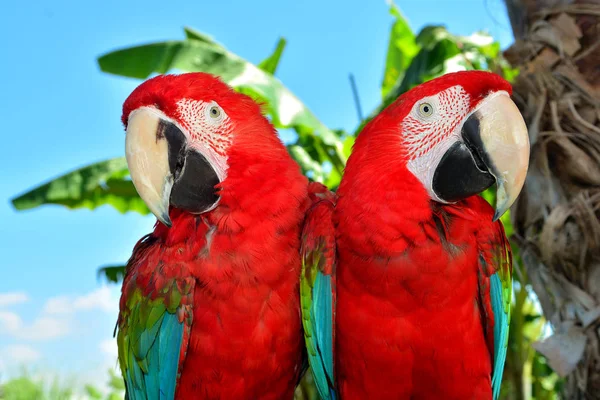
The resplendent quetzal, Guatemala’s national bird, displays some of nature’s most spectacular plumage in Costa Rica’s cloud forests. Males grow three-foot tail feathers that trail behind them like living rainbows.
Finding one requires luck and patience in Monteverde’s misty forests. But when emerald green and crimson red flash through gray fog, the search becomes worthwhile. Ancient Mayans considered them sacred. Modern birdwatchers understand why.
Like Travel Pug’s content? Follow us on MSN.
Jaguars, Brazil
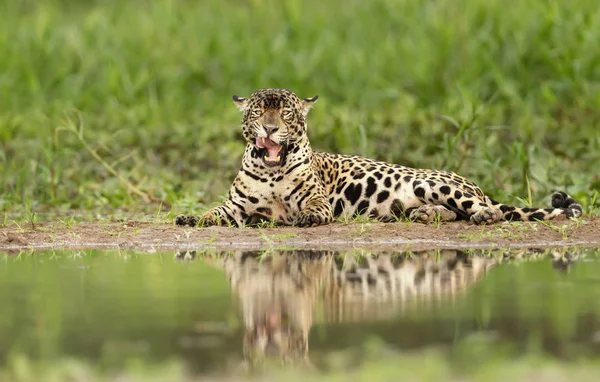
The Pantanal wetlands hide the Americas’ largest cat in a vast wilderness where capybaras look like guinea pigs the size of Labradors. Jaguars hunt caimans, capybaras, and occasionally investigate safari boats.
Radio calls between guides create treasure hunts for spotted shadows. When a jaguar finally appears—powerful, silent, perfectly camouflaged—the wait vanishes. These solitary hunters embody wild South America.
Galapagos wildlife
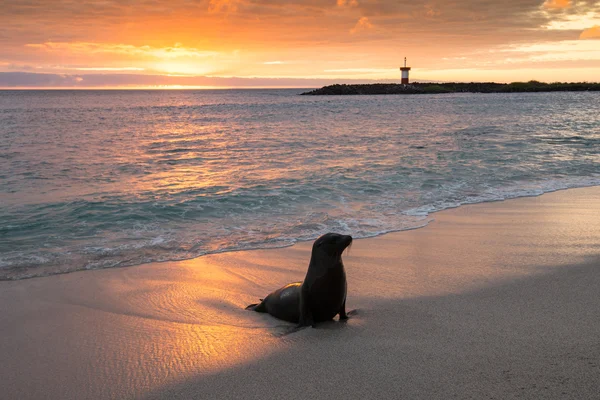
Due to the absence of predators on the islands, the animals of the Galapagos aren’t afraid of humans. Marine iguanas bask on volcanic rocks. Blue-footed boobies perform elaborate mating dances. Giant tortoises lumber past hiking trails like living boulders.
Sea lions might join you on benches at ferry terminals. The fearlessness creates Disney-like encounters where wildlife treats humans as harmless curiosities rather than threats.
Beluga whales, Canada
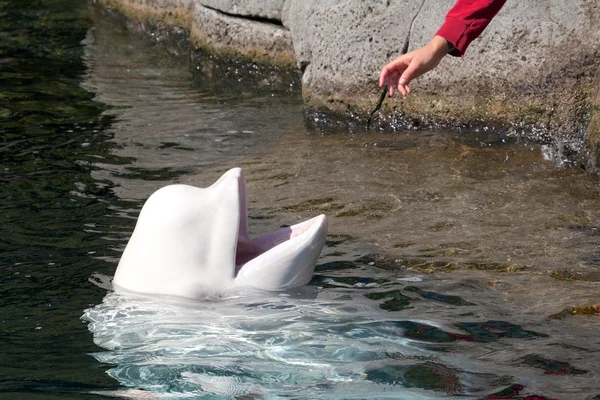
Hudson Bay’s beluga whale populations gather in Churchill each summer, creating opportunities for snorkeling encounters with these white Arctic cetaceans. Their curious nature and permanent smiles make them ocean ambassadors.
Belugas vocalize constantly—clicks, whistles, and chirps that earn them the nickname “canaries of the sea.” Swimming among a pod creates an underwater symphony where human visitors become temporary members of their social group.
Like Travel Pug’s content? Follow us on MSN.
When wilderness calls

The planet’s most magnificent creatures won’t wait forever for us to visit them. Climate change, habitat loss, and human encroachment shrink these encounters daily, making each opportunity more precious than the last.
More from Travel Pug

- 20 Best Beach Towns in the Carolinas
- 13 Destinations Where Tourists Regularly Regret Their Trip
- 20 Things You Actually Get in First Class
- 20 Small Airports With Aviation Museums
- 20 Places in the U.S. That Are Perfect for a Reset Trip
Like Travel Pug’s content? Follow us on MSN.
